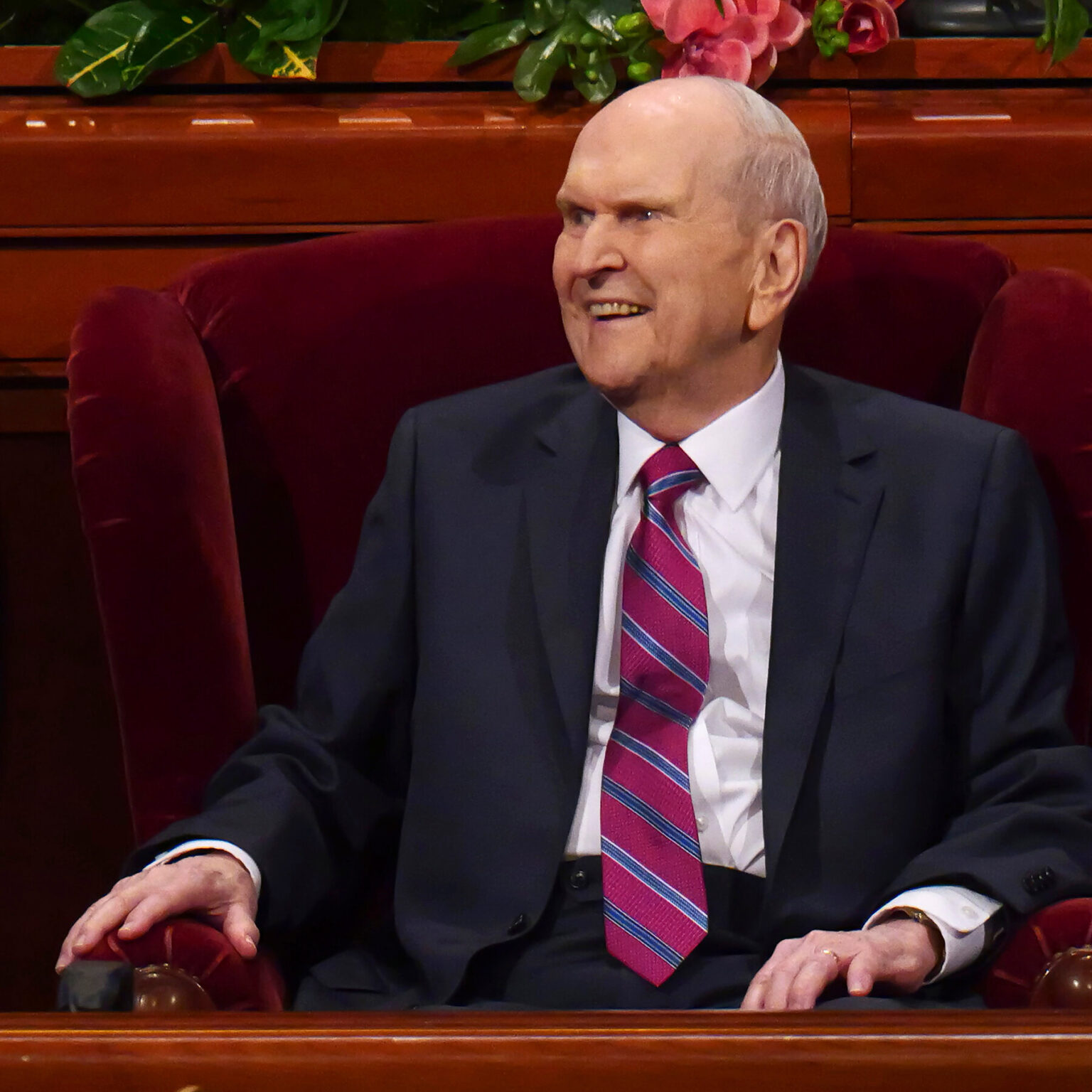
Salt Lake City / Global — In a solemn announcement on Saturday night, The Church of Jesus Christ of Latter-day Saints (LDS) confirmed that its President, Russell M. Nelson, died peacefully at home at age 101. His passing brings to a close a lengthy and consequential chapter in the church’s history.
In the church’s statement, leaders shared that Nelson had served as president since January 2018, and under his leadership he became the oldest person ever to hold that office in LDS history. Though a cause of death was not disclosed, the church offered that Nelson “passed away peacefully” and expressed gratitude for his decades of service.
A Life in Two Worlds: Surgeon, Apostle, and Reformer
Nelson’s journey is perhaps unusual even for religious leadership. Before devoting himself fully to church service, he earned acclaim as a heart surgeon, performing Utah’s first open-heart surgery in 1955 and leading in vascular surgery circles. He entered the LDS Church’s Quorum of the Twelve Apostles in 1984 and remained a fixture in leadership for over three decades before ascending to the presidency.
As president, Nelson pursued both symbolic and structural reforms. He urged use of the church’s full name, rejecting “Mormon” or “LDS” shorthand, with the argument that these abbreviated labels diminished the focus on Christ. He also rolled back prior church policies that prevented children from being baptized if they had LGBTQ+ parents, a move seen widely as an attempt to soften the church’s posture toward marginalized groups. Yet while the tone shifted, core doctrinal views on marriage and gender identity remained firmly conservative.
Nelson also oversaw global expansion, pushing ahead with an aggressive temple-building program and enabling greater representation from non-U.S. church regions. At the same time, his tenure came under scrutiny over how the church handled reports of sexual abuse and one-on-one youth interviews, with critics urging greater transparency and accountability.
Reactions & Implications for LDS Followers
Tributes flowed fast. Utah Senator Mike Lee called Nelson a “bold, visionary leader” whose faith and humility left a lasting impression. Dallin H. Oaks, Nelson’s First Counselor and likely successor, offered a grounded reflection: “We lean not on human wisdom, but on divine guidance.” (Representative paraphrase—public remarks reflect this tone.)
For the church’s approximately 17 million members worldwide, Nelson’s death raises both spiritual and administrative questions. Within the LDS tradition, the next president is selected by the Quorum of the Twelve Apostles, following established protocol, though the choice often reflects continuity of vision.
In Nigeria and across Africa, the LDS community—relatively smaller but growing—will feel the emotional shift as well. Local congregations have often looked to global leadership for doctrinal direction, and Nelson’s reforms (especially on naming and inclusivity) had ripple effects in more diverse societies.
Why It Matters
Religious leadership transitions are always turning points—not just for those inside the faith but for observers outside it. Nelson’s presidency was a bridge between tradition and adaptive shifts in a complex secular world. His legacy will likely be debated: admired by some for modernization, and critiqued by others for tension between doctrinal continuity and evolving social norms.
As the church enters a new era, its response to internal calls for accountability, inclusiveness, and global resonance will test how faithfully it can carry forward Nelson’s vision—or whether a new leader will chart an altogether different course.




